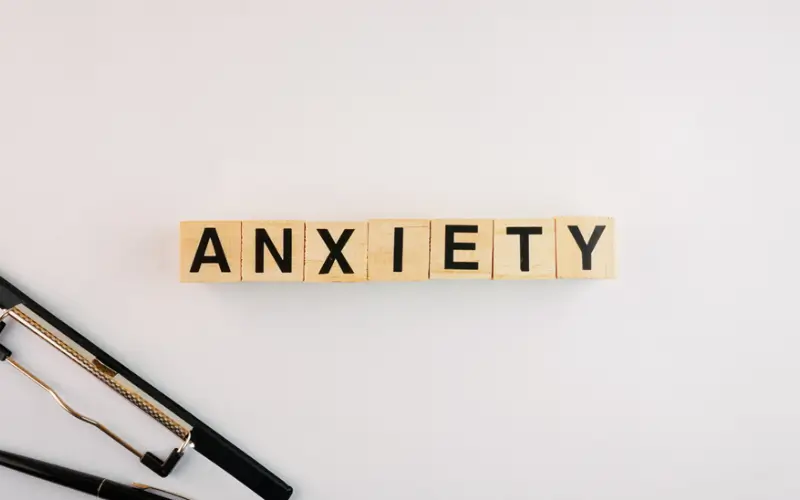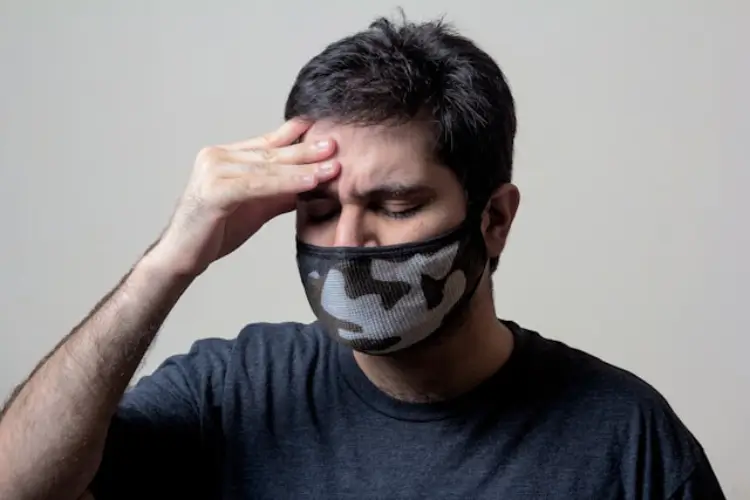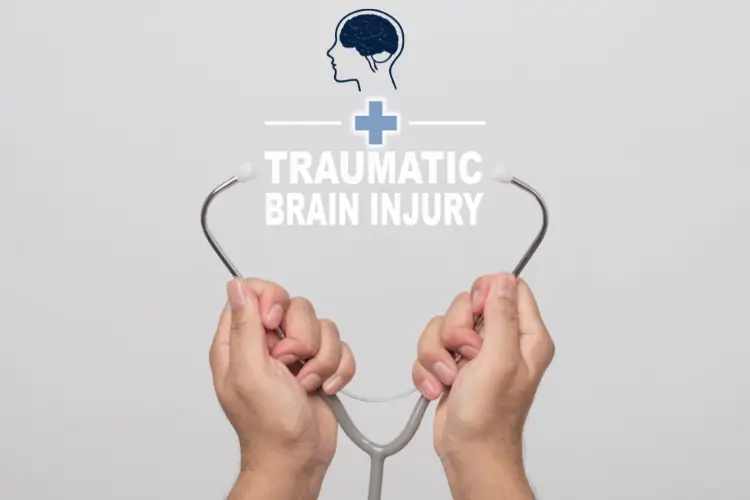Social anxiety affects millions of people worldwide, making everyday interactions feel overwhelming and exhausting. You don’t have to face these challenges alone or rely solely on professional treatment. While therapy and medication can be incredibly effective, there are powerful self-help strategies that can work alongside professional care to boost your confidence and reduce anxiety symptoms.
These complementary approaches aren’t meant to replace professional help they’re designed to enhance it, providing you with practical tools that you can use anytime, anywhere.
Understanding How Self-Help Complements Professional Treatment
Social Anxiety Disorder Treatment typically involves therapy, medication, or a combination of both. However, the most successful outcomes often happen when people actively participate in their recovery through proven self-help methods.
Why Professional Treatment Needs Your Active Participation
Professional treatment provides the foundation, but recovery happens in your daily life. Therapists can’t be with you during every social situation, which is where self-help strategies become invaluable. These techniques help you practice what you’re learning in therapy and build confidence between sessions. Research consistently shows that people who combine professional social anxiety disorder treatment with personal coping mechanisms for social anxiety tend to see faster, more lasting improvements. It’s like having a toolbox – the more tools you have, the better equipped you are to handle different situations.
Building Your Personal Recovery Toolkit
Think of self-help strategies as your personal safety net. They’re always available, don’t require appointments, and can be adapted to your specific needs and lifestyle. This combination approach gives you multiple ways to tackle anxiety from different angles.
Now, let’s explore five specific strategies that work beautifully alongside professional treatment.
Strategy 1: Mindfulness and Breathing Techniques
Managing social anxiety often starts with learning to calm your nervous system in the moment. Mindfulness and breathing techniques are among the most accessible and effective tools available.
The 4-7-8 Breathing Method
This simple technique can be done anywhere, anytime. Breathe in for 4 counts, hold for 7, and exhale for 8. It might feel awkward at first, but with practice, it becomes second nature. Many people find this particularly helpful before social events or during conversations.
Present-Moment Awareness
When anxiety strikes, your mind often races to worst-case scenarios. Mindfulness brings you back to what’s happening right now. Try the 5-4-3-2-1 technique: notice 5 things you can see, 4 things you can touch, 3 things you can hear, 2 things you can smell, and 1 thing you can taste.
Progressive Muscle Relaxation
This technique involves tensing and releasing different muscle groups to reduce physical tension. Start with your toes and work your way up to your head, spending about 10 seconds on each muscle group.
These techniques work perfectly with therapy because they help you practice the relaxation skills your therapist teaches you.
Strategy 2: Cognitive Restructuring on Your Own
While therapists guide you through cognitive behavioral therapy, you can practice identifying and challenging negative thoughts independently.
Catching Anxiety Thoughts
Start by noticing when anxious thoughts pop up. Common ones include “Everyone will judge me” or “I’ll embarrass myself.” Write them down if possible – seeing them on paper often makes them seem less powerful.
The Evidence Game
For each anxious thought, ask yourself: “What evidence do I have that this is true?” and “What evidence do I have that it might not be true?” Often, you’ll find that your anxiety is based on assumptions rather than facts.
Creating Balanced Perspectives
Instead of trying to think positive thoughts (which can feel fake), aim for balanced, realistic ones. Replace “Everyone will think I’m stupid” with “Some people might not be interested in what I say, but others might find it helpful.”
This anxiety management techniques approach helps reinforce the work you’re doing in therapy sessions.
Strategy 3: Gradual Self-Exposure
Exposure therapy is incredibly effective, but you can also practice gradual exposure on your terms.
Start Small and Build Up
Begin with situations that cause mild anxiety rather than jumping into your biggest fears. If speaking up in meetings terrifies you, start by asking one question in a smaller group setting.
Create Your Exposure Ladder
List social situations from least to most anxiety-provoking. Rate each one from 1-10 based on your anxiety level. Start with the 3s and 4s before moving to higher numbers.
Celebrate Small Wins
Every time you face a fear, acknowledge it. Bought coffee without stumbling over your words? That’s worth celebrating. These small victories build confidence for bigger challenges.
Remember, the goal isn’t to eliminate anxiety – it’s to prove to yourself that you can handle it.
Strategy 4: Physical Exercise and Lifestyle Changes
Your body and mind are connected, so taking care of your physical health directly impacts your social anxiety.
Regular Exercise as Natural Medicine
Exercise releases endorphins, which naturally improve mood and reduce anxiety. You don’t need to become a fitness fanatic – even a 20-minute walk can make a difference. Find activities you enjoy, whether it’s dancing, swimming, or hiking.
Sleep and Anxiety Connection
Poor sleep makes anxiety worse, and anxiety can disrupt sleep. Create a bedtime routine that helps you wind down. Avoid screens for an hour before bed, and consider reading or gentle stretching instead.
Nutrition That Supports Mental Health
While there’s no magic anxiety-fighting food, eating regular, balanced meals helps stabilize your mood. Limit caffeine if you notice it increases your anxiety, and stay hydrated throughout the day.
These lifestyle changes work as powerful coping mechanisms for social anxiety because they address the physical symptoms that often accompany anxious thoughts.
Strategy 5: Building Social Support Networks
Humans are naturally social creatures, and having supportive relationships can significantly reduce social anxiety.
Quality Over Quantity
You don’t need dozens of friends – a few genuine connections are more valuable than a large network of superficial relationships. Focus on deepening existing relationships rather than constantly seeking new ones.
Practice Social Skills in Safe Spaces
Join groups or activities where you share common interests. Book clubs, hobby groups, or volunteer organizations provide natural conversation starters and reduce the pressure of small talk.
Online Communities as Stepping Stones
Online support groups or forums can be great practice for social interaction. They allow you to engage at your own pace and can help you feel less alone in your experiences.
Building these connections creates a foundation of support that complements your professional treatment.
Professional vs Self-Help Approaches
| Aspect | Professional Treatment | Self-Help Strategies |
| Availability | Scheduled appointments | Available 24/7 |
| Cost | Insurance/payment required | Generally free |
| Customization | Tailored by professional | Self-adapted |
| Evidence Base | Extensively researched | Varies by technique |
| Intensity | Structured, intensive | Flexible, gradual |
| Support | Expert Guidance | Self-directed |
| Long-term | Builds foundation | Maintains progress |
Your Questions About Self-Help and Social Anxiety Answered
Can self-help strategies make a difference in social anxiety?
Absolutely. Research shows that self-help strategies can significantly reduce anxiety symptoms, especially when combined with professional treatment. They provide practical tools you can use in real-world situations.
How long does it take to see results from these techniques?
Results vary, but many people notice some improvement within 2-4 weeks of consistent practice. Managing social anxiety is a gradual process, so patience with yourself is key.
What if these strategies don’t work for me?
Everyone responds differently to various anxiety management techniques. If one approach doesn’t help, try another. The key is finding what works for your specific situation and personality.
Moving Forward with Confidence
Self-help strategies aren’t just add-ons to professional treatment – they’re essential tools that put you in the driver’s seat of your recovery. The five approaches we’ve explored work together to address different aspects of social anxiety, from the physical symptoms to the thought patterns that maintain fear.
Remember, recovery isn’t linear. You’ll have good days and challenging ones, and that’s completely normal. The key is having multiple coping mechanisms for social anxietyin your toolkit so you’re prepared for whatever comes your way.
What makes these strategies so powerful is their accessibility. You don’t need special equipment, expensive memberships, or scheduled appointments. You just need a willingness to practice and patience with the process.




